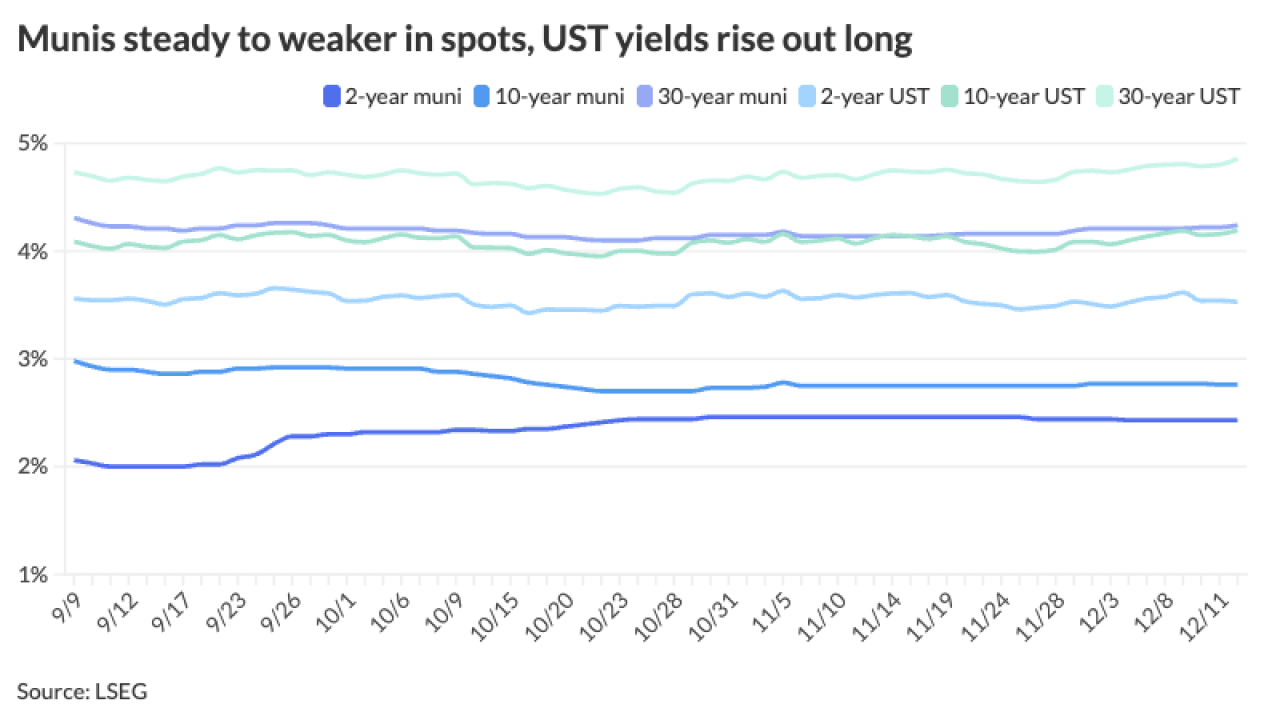The COVID-19 pandemic played a role in the 29% jump in teacher retirements experienced by the California State Teachers' Retirement System in the second half of 2020 compared to the same period a year earlier.
The spike representing 3,202 teacher retirements isn’t expected to impact either the funding of the system, nor is it expected to affect employer contribution rates, said Thomas Lawrence, a CalSTRS spokesman.
“CalSTRS

With 975,000 members, CalSTRS is the largest teachers' pension fund globally with $283.4 billion in assets under management as of December 31.
In a poll, 62% of the 500 teachers who responded said they had retired earlier than planned with the majority citing either the challenges of teaching during the COVID-19 pandemic, that they did not wish to continue working remotely and/or concerns about exposure to COVID-19, according to the fund’s Pension Sense blog.
The fund expects to see nearly 16,000 teachers retire in 2020-21, close to what occurred in fiscal year 2009-10 when it experienced the largest number of retirements after the global financial crisis hit in 2008, according to the blog.
CalSTRS deputy chief actuary David Lamoureux had
CalSTRS has 450,000 active teachers, and about 100,000 are eligible to retire, he said.
The panel Lamoureux spoke on, organized by the National Institute on Retirement Security, concluded that pension funds could be facing a perfect storm if a wave of teacher retirements occurred.
"If people retire early, then pension funds will have to come up with the cash to pay them, which also might result in higher contributions,” said panelist Dan Doonan, executive director of the National Institute on Retirement Security.
CalSTRS has phased in increases in employer contribution rates over seven years with annual increases ranging from 0.63% to 1.85% beginning in 2012. The
The state made supplemental pension payments to CalSTRS in 2019-20 to ease the burden on school districts and redirected $1.6 billion for short-term rate relief in fiscal 2020-21 and 2021-22. The state’s contribution lowered the rates for school districts for that two-year period from what was established in CalSTRS funding plan.





